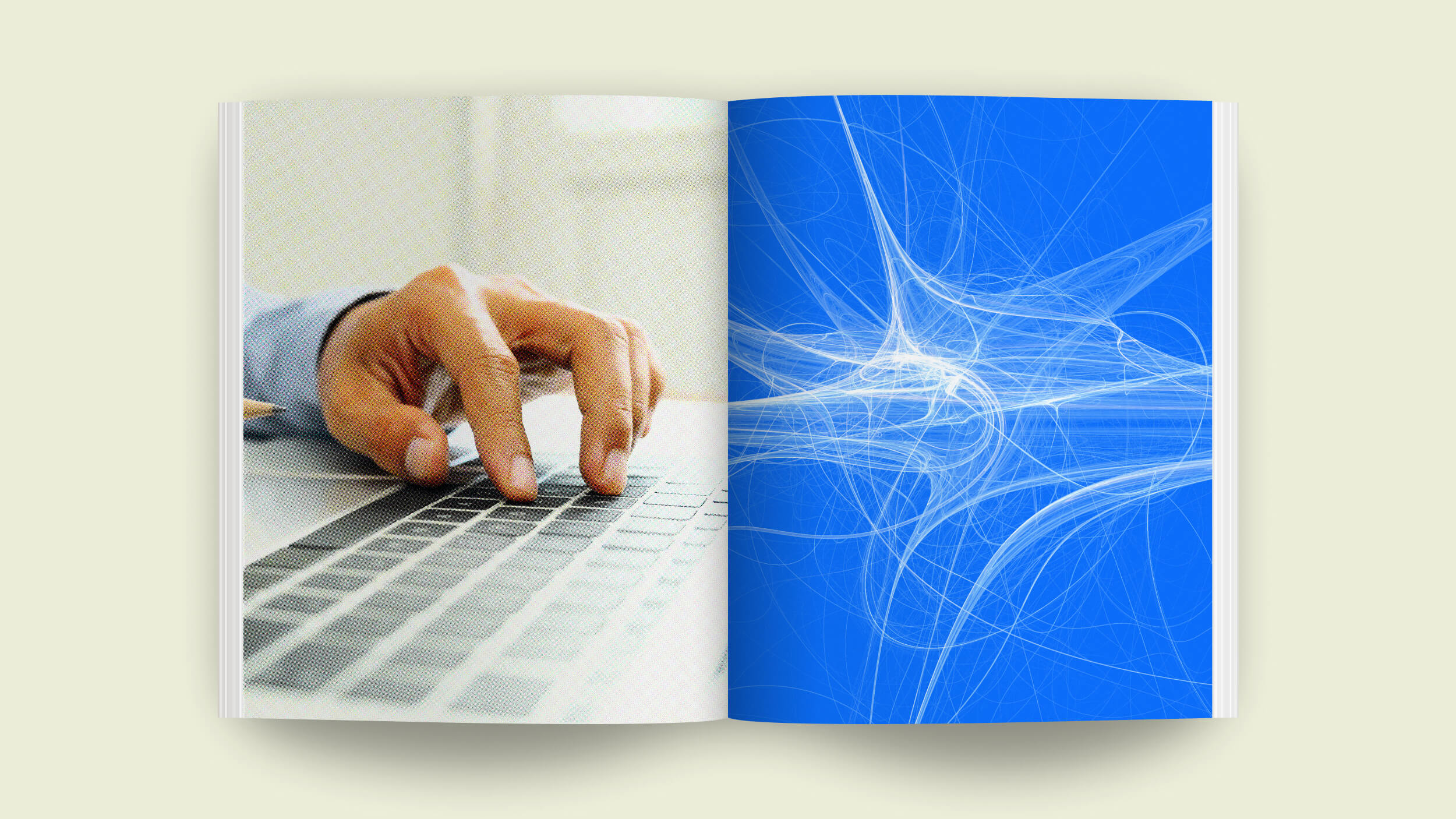The Paradox of Choice: The more choices a person has, the less satisfied the person is with any of the choices. Technology, despite its best intentions, exacerbates this paradox. It also succeeds in disconnecting us while it seeks to connect us. We’re facing a situation in which the desire to present one’s best self overtakes the importance of live, in-person contact, which then leads to weaker relationships as a whole.
Dr. Sherry Turkle, director of the MIT Initiative on Technology and Self is an expert on mobile technology and social networking. In this video, she runs through the various unintended consequences of technologies such as Tinder and Chatroulette.
Dr. Turkle’s newest book is Reclaiming Conversation: The Power of Talk in a Digital Age.
Sherry Turkle: The use of devices in romance is a very complicated story. Because obviously it brings people together in ways that are bringing tremendous efficiencies into the area of our intimacies and in some ways that's a good thing. But it also is having some paradoxical effects. Like there's this thing called The Paradox of Choice where if you're given a limited number of choices, you sort of choose and are happy with the limited number of choices and you say, "Okay, I'm choosing among 50 women who live more or less in my neighborhood or 50 women who I'm probably going to date in the course of my lifetime and I'll be pretty discriminating, but of those 50 or 75 women, I'll try to meet someone I really like. I'll explore those relationships." If you're swiping through 10,000 women, that's your expectation; it's like, "Whoa the 10,001st that will be a real one." I mean it's kind of like you're offered so many that it almost becomes impossible to think of choosing on any one because the next one could be the real one.
So people who were offered more choices start to be very unhappy with any of their choices. This has been studied in the area of being offered chocolate candy more than it's been studied in the area of being offered romantic partners. But we see that happening in how people talk about romantic partners, that it's just kind of too much, too overwhelming, you know; it's that Chatroulette swipe that became the Tinder swipe that became a sort of just kind of moving on. So that's kind of a side effect of the world of choice and romance that people start to complain about.
And then second, people want to have a lot of their conversations online in romance because they feel they can be there's best self online. They can edit. The notion of editing in romance, the notion of being a better self, a more empathic yourself, your best self comes up a lot. People want to be lovable. People don't want to be rejected. And there's this fantasy that you won't be rejected if you have a chance to kind of listen to what this beautiful woman has said to you and construct the answer that will be kind of the most wonderful for her. But in the course of doing that, she's kind of not seeing you warts and all and she's doing the same thing. And I study one couple, their emails over the years, and they're both editing and they're missing the fundamentals that they need to deal with because they're both editing and you just want to get these people into a room. As you read their edited relationship as they're presenting themselves online, you just see how they're missing the fundamentals because they're not picking up the clues that they would if they were face to face. Ultimately they break up. And I think that we're getting too used to being able to present our edited selves. And again, there's nothing wrong with using technology in romance, but we also have to remember that we're connecting with someone who needs to know who we are, not who we wish we were and we could edit ourselves into.





